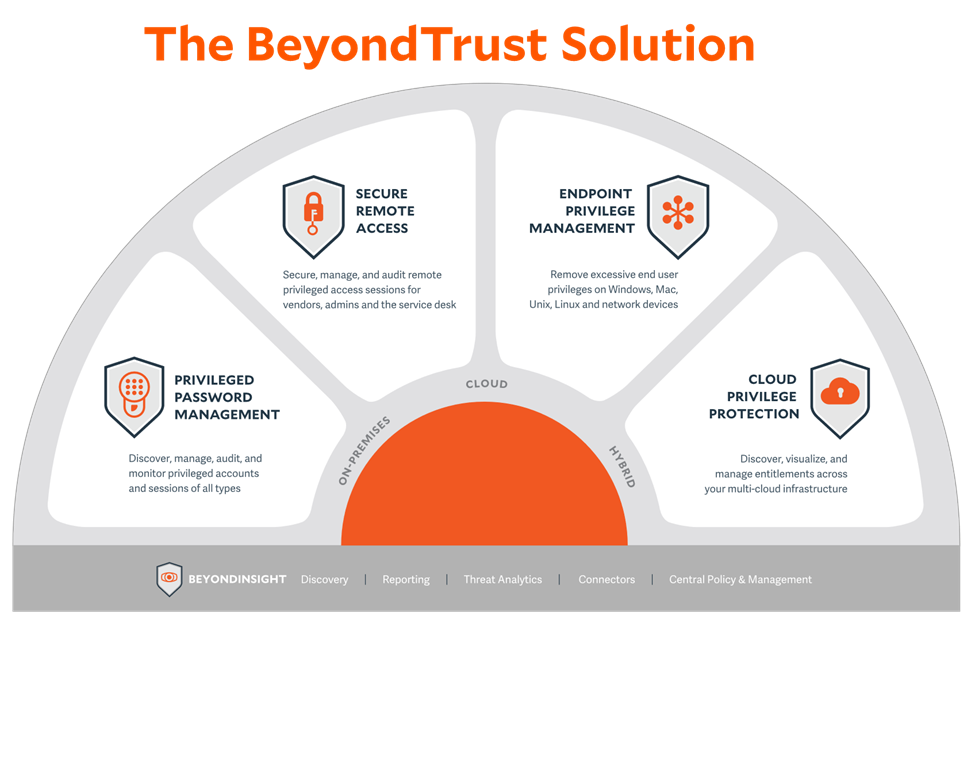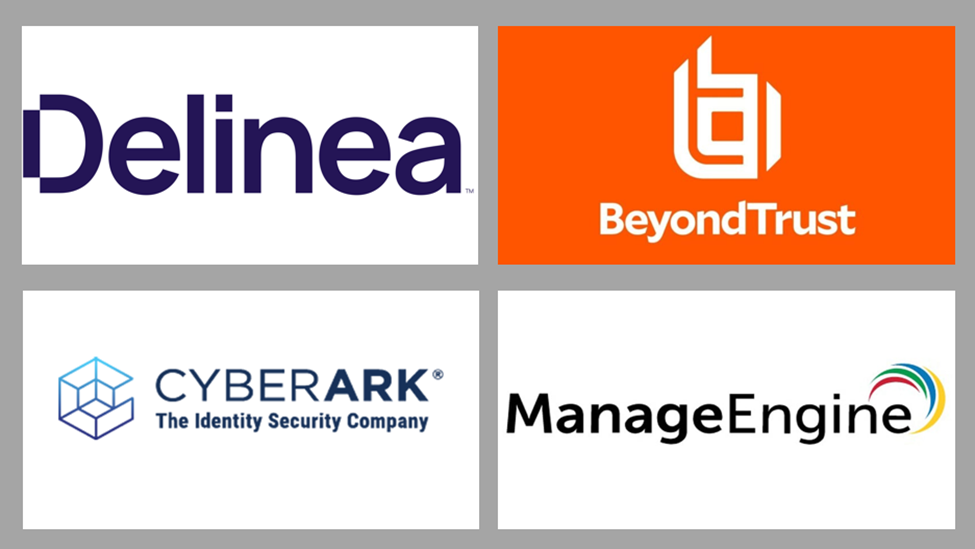What is Privileged access management?
It is an identity security solution that helps protect organizations from network threats by monitoring, detecting, and preventing unauthorized privileged access to critical resources.
The necessity of Privileged Access Management solution
Humans are the weakest link in system security, and privileged accounts pose a significant risk to your organization. PAM equips security teams with the ability to detect malicious activities resulting from the abuse of privileges and take immediate action to mitigate risks. PAM solutions can ensure that employees only have the necessary access rights required to perform their tasks.
In addition to identifying malicious activities related to privilege abuse, a PAM solution can help your organization in the following ways:
- Minimize the likelihood of security breaches. If a breach occurs, a PAM solution can limit the scope of access for the violator within your system.
- Reduce the entry points and pathways for threatening actors. Restricted privileges will protect individuals, processes, and applications from both internal and external threats.
- Prevent attacks from malicious software. If malicious software successfully infiltrates your system, removing unnecessary privileges can help reduce the spread of the malware.
- Create a more compliance-friendly environment. Having a risk management strategy and comprehensive security logs enables you to monitor and detect suspicious activities.

The features of a Privileged Access Management (PAM) solution:
- Identification of Access Needs: PAM identifies the access requirements for humans, processes, and technologies, and specifies the applicable policies. Your PAM solution should support the policies you establish, such as automated password management and multi-factor authentication. Administrators can automate the account creation, modification, and deletion processes.
- Continuous Monitoring: PAM continuously monitors sessions, enabling you to generate reports to identify and investigate abnormal behaviors.
The two primary use cases for privilege access management are to prevent the theft of authentication information and achieve compliance:
- Preventing Theft of Authentication Information: This occurs when threat actors attempt to steal login information to gain access to user accounts. After gaining access, they can access organizational data, install malicious software on multiple devices, and escalate their privileges. PAM can mitigate this risk by ensuring that access and multi-factor authentication are timely and appropriate for all identities and administrator accounts.
- Achieving Compliance: Regardless of the compliance standards applicable to your organization, there’s a high likelihood that you need minimum privilege policies to protect sensitive data, such as payment information or personal health data. PAM allows you to demonstrate compliance by creating reports on privileged user activities – who is accessing, what data is accessed, and the reasons for access.
Other use cases include automating the user lifecycle (e.g., creating, provisioning, and deprovisioning accounts), monitoring and logging privileged accounts, securing remote access through encrypted connection gateways instead of passwords, controlling third-party access rights, applying PAM solutions to Internet of Things (IoT) devices, cloud environments, and DevOps projects.
Misusing privileged access rights is a cybersecurity threat that can cause serious and widespread damage to any organization. PAM provides robust features to proactively address this risk:
- Provide Just-In-Time Access to Critical Resources: Grants access exactly when needed to critical resources.
- Remote Access Security: Allows secure remote access through encrypted connection gateways instead of passwords.
- Session Monitoring: Monitors privileged sessions to support audit and investigation.
- Analyze Anomalous Privileged Activity: Analyzes unusual privileged activity that may harm your organization.
- Record Privileged Account Events: Records events of privileged accounts for compliance checking.
- Generate Access and Privileged User Activity Reports: Creates reports on access and activities of privileged users.
- Protect DevOps with Integrated Password Security: Provides DevOps security with integrated password protection.
Prominent Privileged Access Management solution providers.



 Vi
Vi